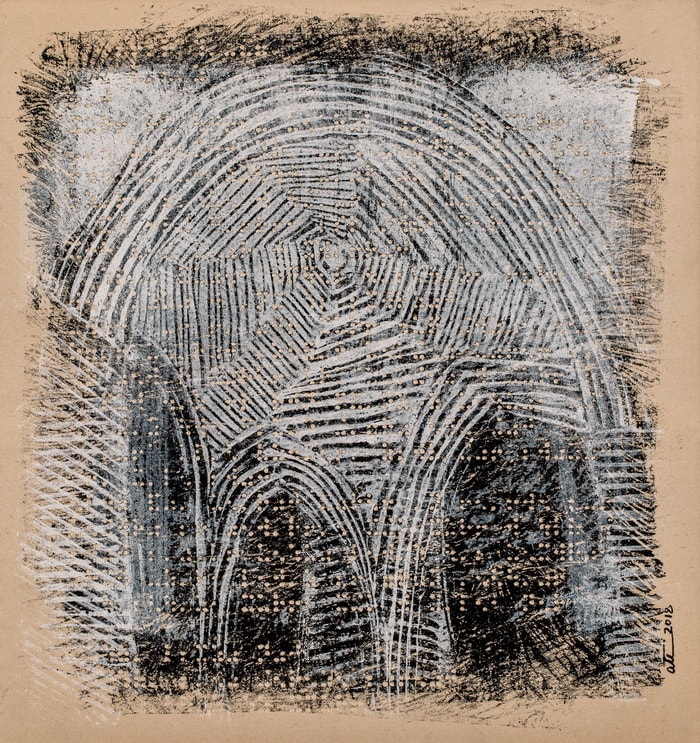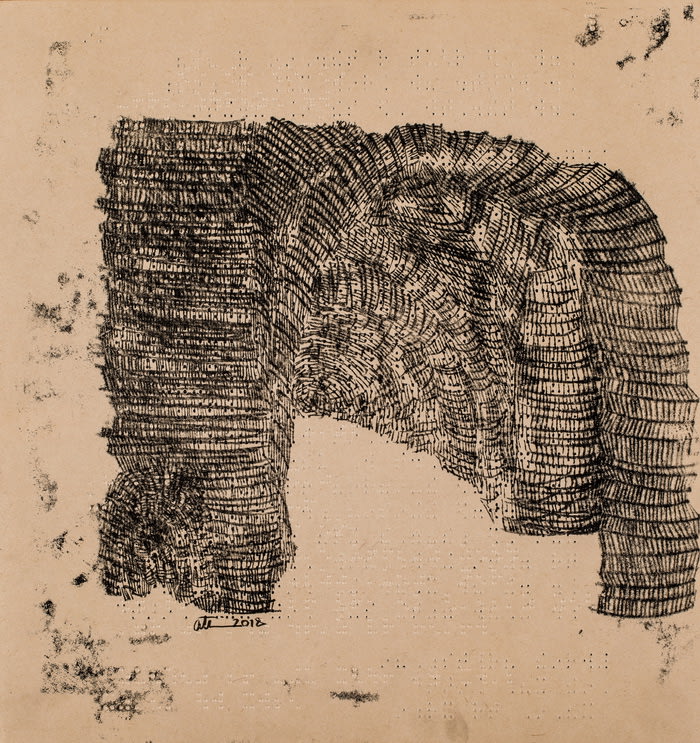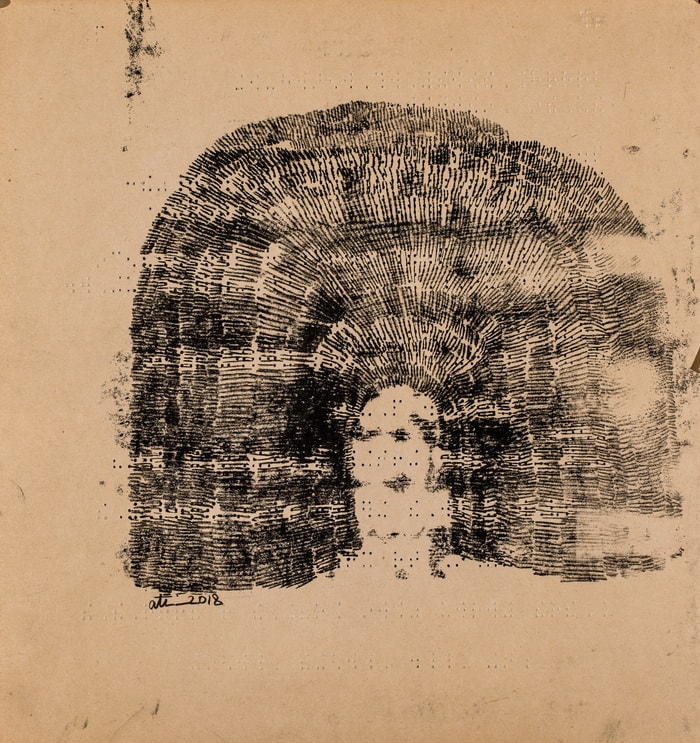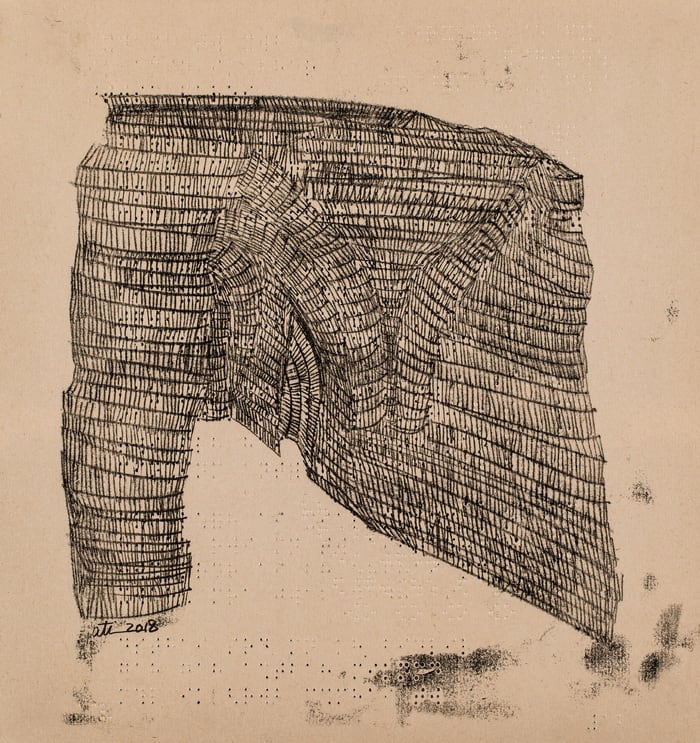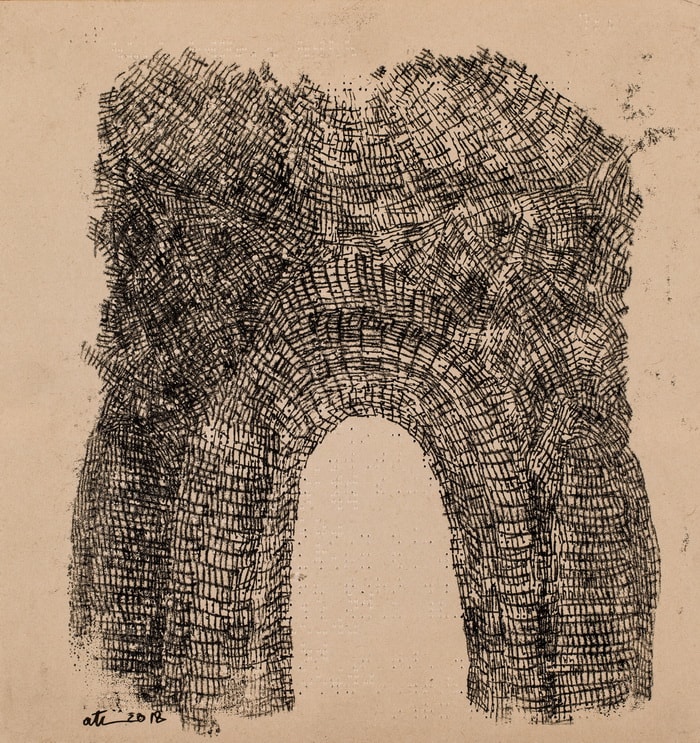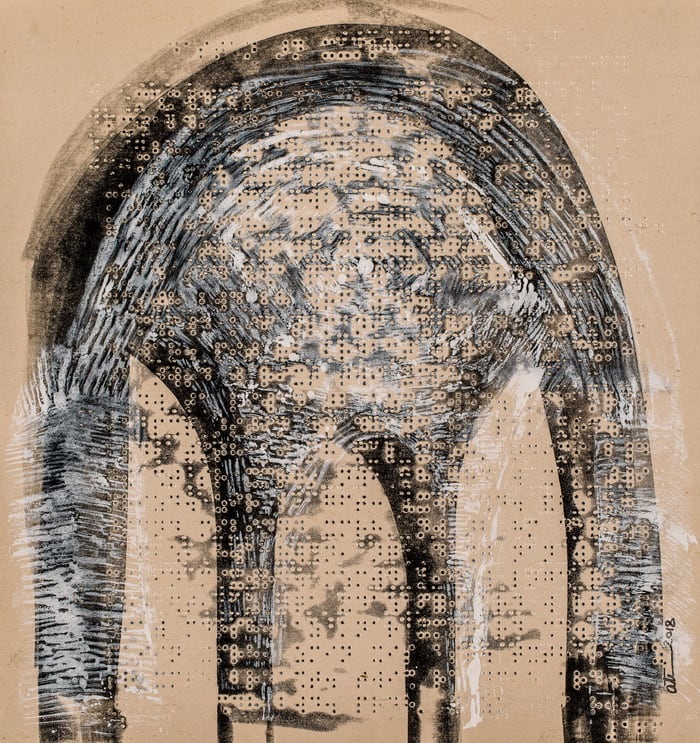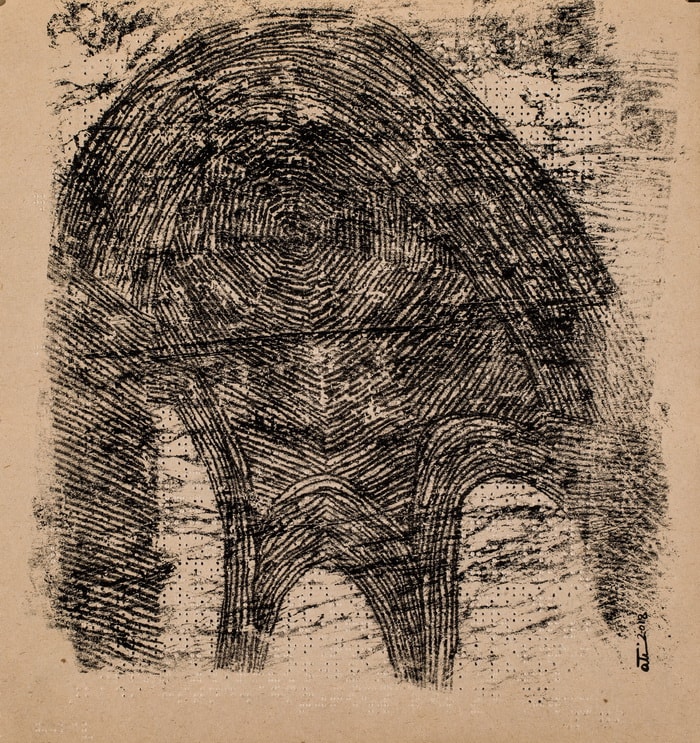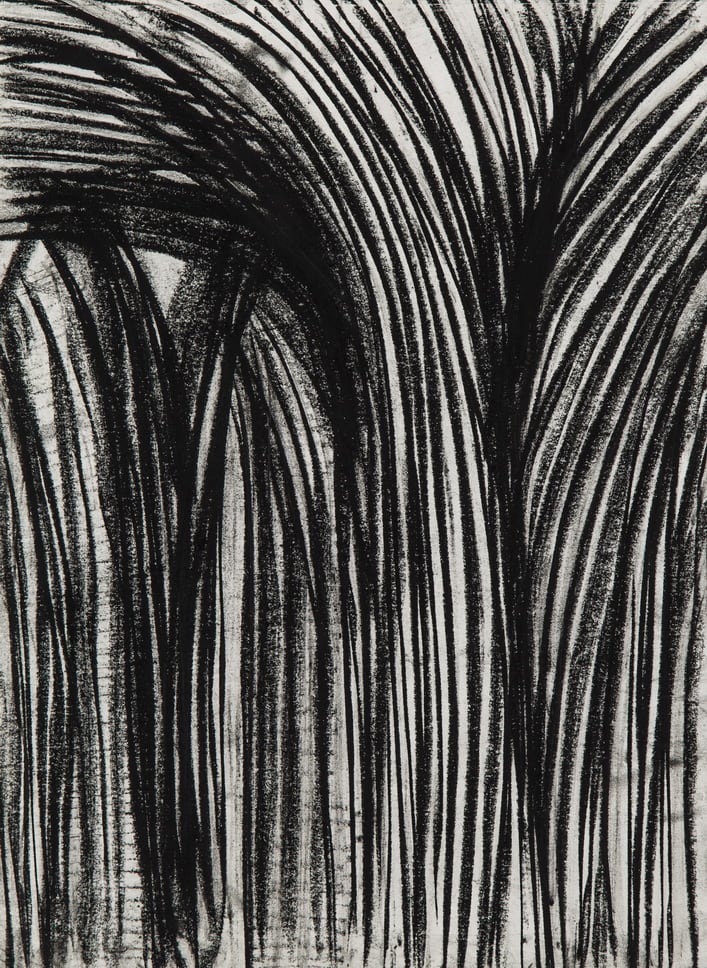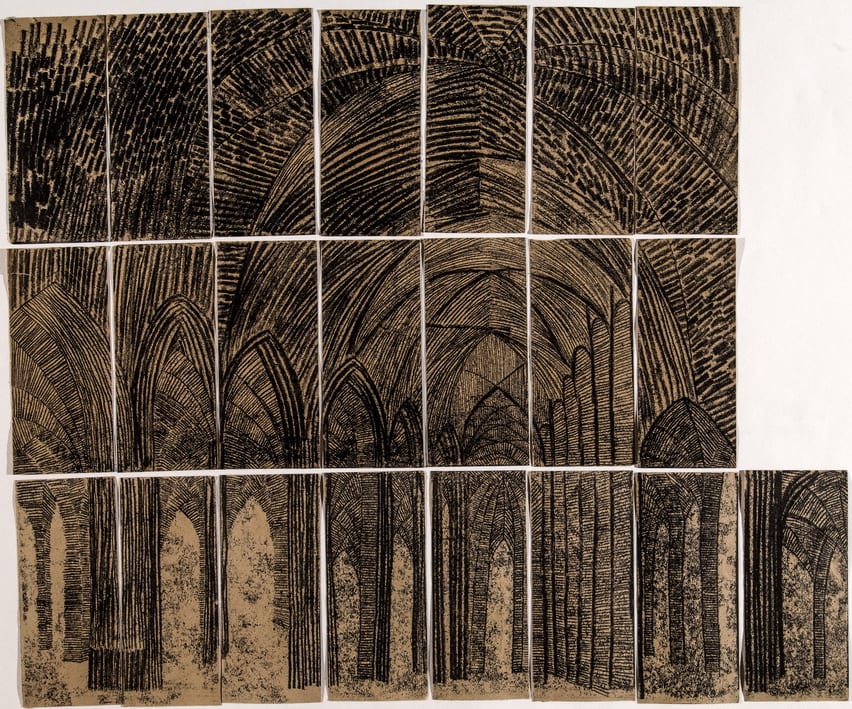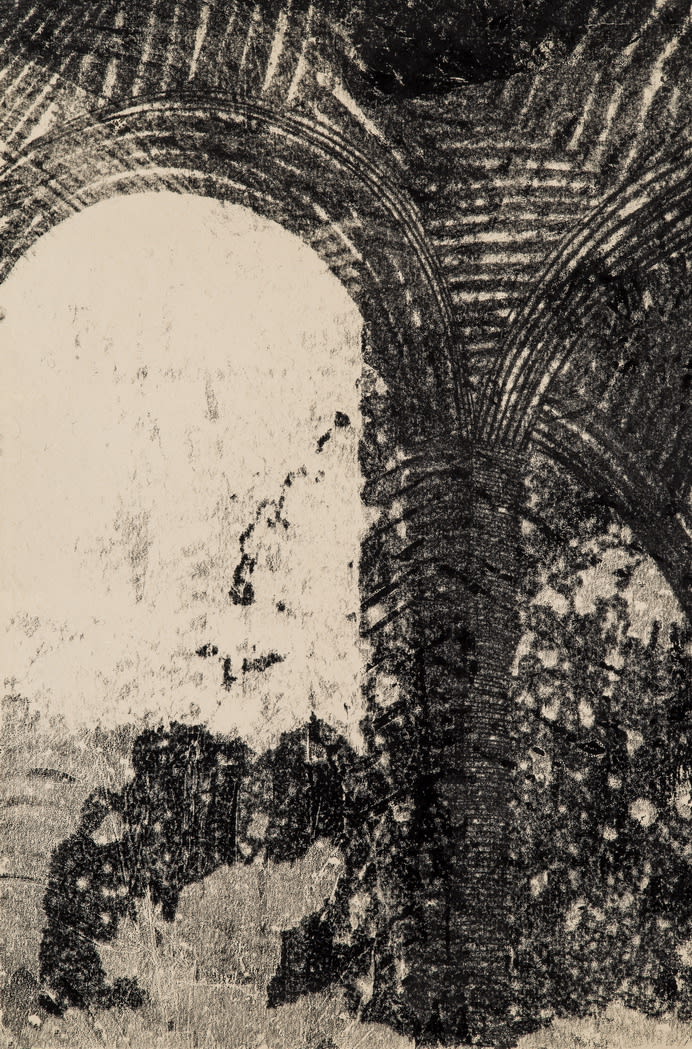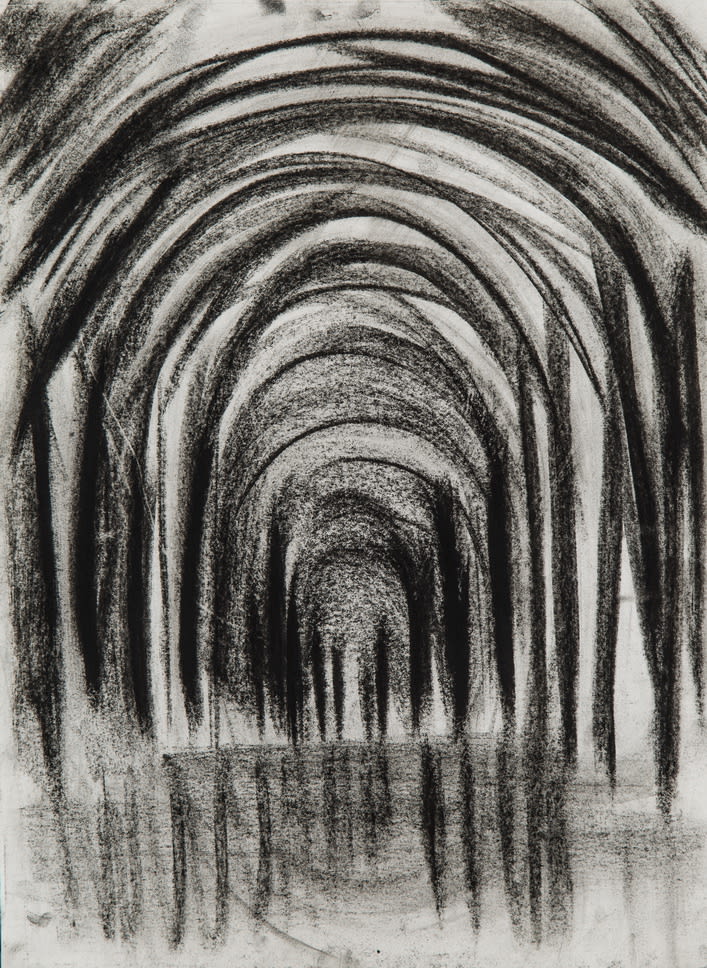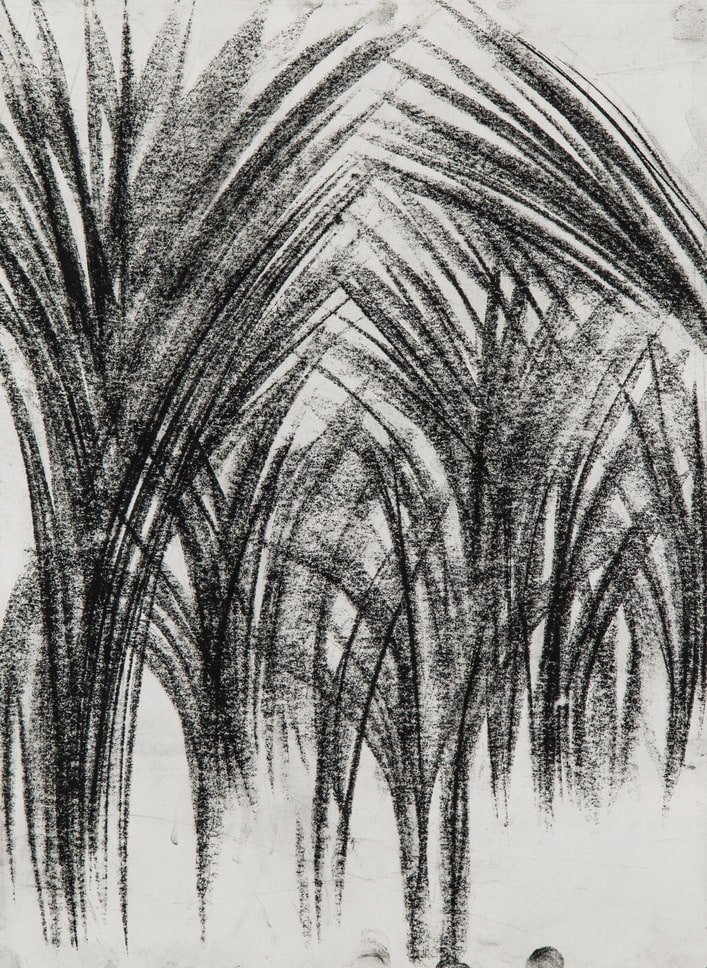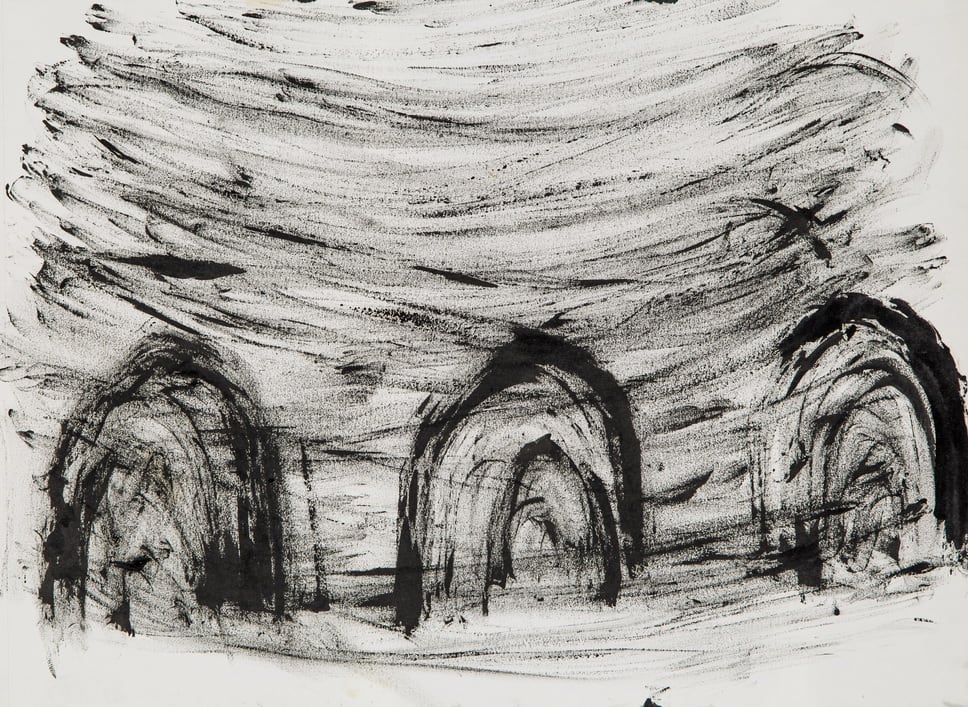Atefeh Majidi Nezhad | "Revision: Zero-G": Dastan's Basement
An exhibition of installations and drawings by Atefeh Majidi Nezhad
Curated by: Ashkan Zahraei
Assistant Curator & Archive Manager: Alireza Fatehie Boroujeni
Dastan is pleased to announce Atefeh Majidi Nezhad’s solo exhibition titled “Revision: Zero-G” at Dastan’s Basement. The exhibition will be open for public viewing from December 14 through December 16, 2018.
This is the first solo exhibition of works by Atefeh Majidi Nezhad at Dastan. Her work was previously shown in a duo exhibition (“Revision”, with Sadaf Hesamiyan, Dastan’s Basement, September 2016), as well as two iterations of Dastan’s annual “Update” exhibitions, and “Multiplicity-1” (V-Gallery, Dastan:Outside, October 2017).
Atefeh Majidi Nezhad (b. 1983, Isfahan, Iran) holds a master’s degree in painting from the University of Tehran (Tehran, Iran) and a bachelor’s degree in painting from the Art University of Isfahan (Isfahan, Iran). Her recent series, “Iwan of Conditional Configuration” was first exhibited in “Revision” (2016). The works exhibited in the current show have been four years in the making.
Atefeh Majidinezhad’s monotype prints from her “Iwan of Conditional Configuration” series, are an exploration in the architecture of organized ideology and man-made systems. Through repeating lines and their quality of interaction with the media, the artist has created grand perspectives, referring to being weighed under the hegemony of such structures. The use of monotype printing has caused each piece to be unique, while maintaining the characteristics of manual printing: “Using this technique gave the works an ‘indirect’ aspect that relied on incidence and interaction with the media.”
Following her previous work, she focused on using techniques like mono-print, charcoal and ink drawing, to continue her studies on architectural settings. During a residency at Stichting Open Ateliers Zuid-Oost (Summer/Autumn 2018, Amsterdam, the Netherlands) she created an installation by painting on lace fabric to create architectural landscapes. The seven-meter-wide installation in this exhibition follows that practice. The approach seeks to convey the expressiveness of perspective elements in an architectural setting while reducing the same aspects into flat surfaces. “Zero-G” (weightlessness) in the title of the exhibition is a reference to the suspension and weightlessness felt by experiencing the flat perspective of the installation.





